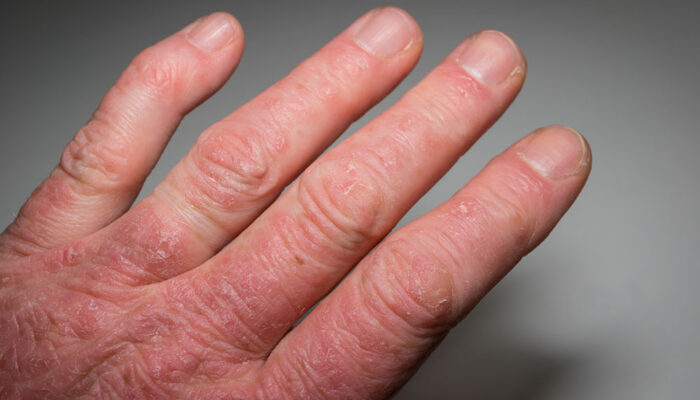
7 Common Causes of Nasal Polyps
Nasal polyps are soft tissue growths that appear on the inside of the nose or sinuses. Once these polyps grow large in size or multiply, they start resembling a grape bunch. This leads to symptoms like blockage of the nasal passage, inflammation of the sinuses, breathing difficulty, snoring, persistent runny nose, post-nasal drips, complete or partial loss of the sense of smell and taste, facial pressure, headaches, and pain in the mouth.
Chronic inflammatory reactions in the nasal passage can result in the build-up of fluids and secretions in the mucus membranes present in the nose and sinuses. These result in the growth of fluid-filled lumps, which over time, become polyps. Nasal polyps can emerge in anyone, but it is most common in middle-aged and young adults. Here are seven common causes of nasal polyps.
1. Allergies
All types of allergies cause swelling of the nasal passage. Swelling narrows down the passage, making it difficult for both air and fluids to move freely. Allergies also increase mucus production in the nose, itching, sneezing, and induce a stuffy and runny nose.
2. Chronic sinus infection
A chronic sinus infection leads to the accumulation of fluids in the sinuses. It is mostly near the nose, the eyes, in the cheeks, and forehead. Since bacteria tend to grow in this accumulated fluid, it causes infections and facial pain.
3. Cystic fibrosis
Cystic fibrosis is a hereditary disease that causes damage to the lungs and digestive system. The cells that produce mucus in the body are affected, resulting in an abnormally increased production of sticky, thick mucus in the nose and sinuses. It can obstruct the ducts and passageways in the respiratory system.
4. Vitamin D deficiency
Lack of Vitamin D in the body can lead to chronic rhinitis, a condition in which there is inflammation of the lining of the sinuses. It causes allergic reactions.
5. Allergic rhinitis
Rhinitis is the inflammation of the inner lining of the nose. An allergic response to irritants, dander, pollen, cigarette smoke, strong smells like paints and perfumes, wood smoke, and other such allergens is called allergic rhinitis. People with chronic hay fever are more susceptible to developing nasal polyps. They have an increased level of eosinophils or suffer from an infection by the Staphylococcus aureus bacteria. Research studies indicate that more than 60% of patients with chronic rhinitis will develop nasal polyps.
6. A llergic fungal sinusitis
Allergic fungal sinusitis refers to allergies caused by airborne fungi and mold found, especially in warm and humid environments. It causes severe allergic reactions that result in blocking the sinuses with fungal debris and sticky mucus.
7. A sthma
Asthma is a respiratory condition in which the airways swell, become narrow, and there is excess mucus production. It causes difficulty in breathing and causes shortness of breath, wheezing, and coughing.



